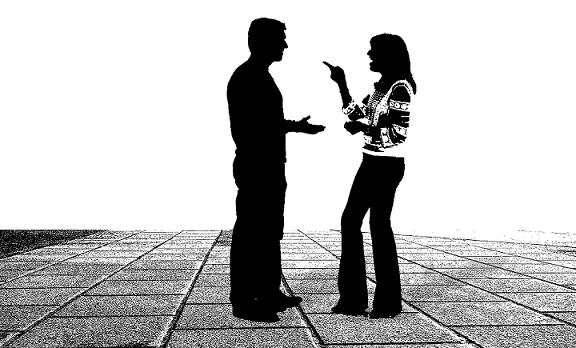Gender bias is subjective, which makes it both ironic and ideal for a linguistics paper. The authors rely on the scourge of evidence-based thinking, implicit bias, which controversially contends everyone is biased, it is just how biased that needs to be determined. Even when you are conscious of implicit bias you are still doing it, the belief goes.
Linguists examine the structure and interpretation of example sentences in order to investigate rules of grammar. In this article, the authors studied example sentences from textbooks designed to teach undergraduate students about the structure of language (syntax), asking whether the selection and placement of words in these sentences communicate a gender bias to students of linguistics. The idea itself is not new: over 20 years ago, Macaulay and Brice conducted a similar study in a (1997) article published in the same venue. The current authors asked whether anything has changed since 1997. The answer, the authors say, is unfortunately, no. This pattern has continued to be prevalent in the field of linguistics for decades now, implicitly communicating a deeply ingrained bias against women to undergraduate students who are learning about the study of language as a science.

Specifically, their analysis contends that male-gendered protagonists occur almost twice as often as female-gendered ones and appear in more prominent roles. The trend does not stop there: men are more likely to be portrayed as having stable occupations, handling books, and spreading violence, whereas women are more likely to exhibit emotions (especially negative ones). Based on these results, the authors argue that there is a pressing need to revisit pedagogical materials in order to prevent the perpetuation of implicit gender biases in higher education instruction.
Gender Bias in Linguistics Journals
A new study appearing in the December issue of Language by Hadas Kotek (Massachusetts Institute of Technology), Rikker Dockum (Swarthmore College), Sarah Babinski (Yale University), and Christopher Geissler (Heinrich Heine University Düsseldorf) has uncovered persistent and wide-reaching gender bias in scientific articles about language appearing in leading linguistic journals. The full article may be read here: https://www.linguisticsociety.org/sites/default/files/02_97.4Kotek.pdf.
In this study, the authors analyzed more than 15,000 example sentences published in three top linguistics journals, including Language, over the past twenty years. Their findings include that: 1) stereotypes about both men and women are prevalent in the data; 2) non-binary gender identities are all but absent, and 3) male protagonists are chosen to appear in example sentences at more than twice the rate of non-male protagonists. They also found that these patterns are consistent throughout the past twenty years and hold regardless of the gender of the authors and the language being studied, suggesting that this bias is entrenched across the entire field of language science.




Comments